As cyber-attacks surge globally, UP MLA Rajeshwar Singh warns that smartphones, ATMs, hospital servers and government databases are now battlefields — not just battlefield-zones. His call: sharpen citizen habits before the next cyber shockwave hits.
By Sarhind Times Technology Desk
Lucknow | October 19, 2025
In a fresh and pointed warning to the digital age, Uttar Pradesh’s Sarojininagar MLA Rajeshwar Singh declared that “borders have changed, bullets have not” — meaning the next major conflict may not involve bombs but bytes. In a social-media post he cited that India recorded 22.7 lakh (2.27 million) cyber incidents in 2024 and globally a cyber-attack happens every 39 seconds.
His message, issued on X (formerly Twitter), urged citizens to adopt “digital hygiene” — stay updated, use strong passwords, enable two-factor authentication and think before clicking. According to Singh, the core concern is not just hacking for data, but “AI-driven deepfakes, phishing, fake news and digital sabotage”.
For those reading this in SarhindTimes.com, the implications are profound: from personal devices to national infrastructure, the digital realm is now as critical as any physical front.
Why this matters now
Singh’s warning arises at a time of rising high-profile cyber incidents and expanding digital footprint across government, healthcare, finance and citizen services. He referenced episodes such as the ransomware attack on the AIIMS Delhi servers and the hack of the U.S. Colonial Pipeline Co. — drawing attention to how digital conflict doesn’t respect national boundaries.
He said:
“Every smartphone, ATM, hospital server and government database has become a potential battleground.”
In India, where internet users exceed 850 million and government services are rapidly being digitised, the threat surface is enormous. Critical sectors such as power grids, telecom networks, banking infrastructure and public health records are increasingly connected and, therefore, vulnerable.
Infrastructure Under Threat
Singh’s alert focuses on the broader category of critical infrastructure — elements whose disruption could lead to cascading failures across society. To illustrate: a power grid hack can lead to blackouts, a hospital server breach can disable life-support systems, and a financial system intrusion can freeze transactions.
The MLA emphasised that warfare is no longer only kinetic:
“War without bullets exists — it can paralyse a region, a nation, without a single bullet being fired.”
Cybersecurity experts say that targeted attacks on infrastructure increased by over 30 % globally in 2024, and India is no exception, given the expanding digital ecosystem and adoption of connected technologies.
AI, Deepfakes & The New Threat Landscape
Perhaps the most insidious danger, as Singh noted, lies in AI-driven manipulation — deepfakes, voice clones, disinformation campaigns and algorithmic infiltration.
He referenced these threats as being capable of undermining trust, manipulating public opinion or destabilising institutions.
For example, a well-crafted deepfake video could fake the voice of a public official ordering panic, or a manipulated banking app could redirect funds invisibly. The MLA’s message: citizens must treat their digital devices as they treat their physical safety.
Citizens’ Role: Digital Hygiene & Responsibility
Singh laid out a citizen action checklist:
- Use strong, unique passwords and change them periodically.
- Enable two-factor authentication (2FA) on all sensitive accounts.
- Keep devices updated; apply security patches promptly.
- Be cautious with links, downloads and attachments — especially from unknown sources.
- Report suspicious emails or messages to the national cyber-crime portal.
- Maintain awareness that public systems (ATMs, kiosks, data centres) are also targets.
He commended government measures such as the Digital Personal Data Protection Act, 2023 and efforts under the umbrella of “Digital India, Secure India” — but stressed that policy is only part of the defence. Individual vigilance is the other.
Corporates & Public Systems: The Larger Stake
While citizens must stay vigilant, the burden on institutions is heavier. Banks, hospitals, utility companies, telecom providers — all operate with legacy systems and new cloud-based services, forming a hybrid environment with complex vulnerabilities.
Singh encouraged:
- Regular vulnerability assessments and penetration testing.
- Encryption of sensitive data at rest and in transit.
- Employee training on phishing, social engineering and incident response.
- Creation of cyber-resilience frameworks that assume compromise rather than prevent it entirely.
“We can secure 99 % of cases with policy, but the 1 % successful attack will define the next crisis,” Singh warned.
Legislature & Law-making: Gaps and Reforms
The MLA also pointed to gaps in India’s regulatory and legal structure for cyber warfare. While the Digital Personal Data Protection Act addresses data privacy, the realm of cyber-terrorism, deepfake regulation, and AI-weaponisation remains loosely defined.
In his post, Singh asked the Law Ministry to explore amendments and new legal instruments that treat digital assault as national security threats — not just white-collar crime.
Experts believe India needs clearer definitions of terms such as “cyberwarfare”, “information warfare”, “deepfake assault”, and should introduce mandatory breach disclosure laws for critical infrastructure.
Analyst View: From Catch-Up to Checkmate
Cybersecurity think-tanks say that India has moved from a defensive posture to a more proactive stance, but still trails in coordinated cyber-deterrence. Former ISRO chief K. Radhakrishnan once remarked:
“Space wars may await, but the first battles may already be happening across cables and servers.”
The surge in cyber-incidents (22.7 lakh in 2024, as cited by Singh) indicates both volume and sophistication. Rising digital adoption increases the “attack surface” — from government portals and mobile payments to smart-city infrastructure and IoT networks.
As Singh highlighted, the real battlefield may be perception — disrupt trust, and the system collapses without physical force.
UP’s Unique Challenge
In Uttar Pradesh — India’s most populous state — digital expansion has been rapid. Government schemes, payment platforms, biometric enrolment, health records and e-governance services all rely on digital networks reaching rural and semi-urban areas. With this scale come vulnerabilities.
The MLA’s advisory is timely: whether it’s a remote village using a government kiosk, a small hospital relying on digital records, or a teenager with a smartphone — all are part of the equation.
UP police and cyber-crime branches may need to ramp up district-level cyber cells, deploy mobile cyber labs, and conduct public awareness campaigns in languages beyond Hindi/English — such as Bhojpuri, Awadhi and Urdu.
Case Spotlight: AIIMS Ransomware & US Pipeline Hack
Singh referenced two contrasting but related incidents:
- The ransomware attack at AIIMS which locked down portions of hospital servers.
- The Colonial Pipeline cyber-attack in the U.S. that led to fuel shortages and panic.
These examples show how digital disruption can spread from one sector to the next — from data to logistics to citizen welfare. His argument: the next major incident might happen in India unless systemic readiness improves.
What Happens Next: What to Watch
- Incident Disclosures: Will Indian agencies publish breach data — transparent logs of damage, response times and remediation?
- Legal Reform: Will Parliament introduce amendments for deepfake regulation, mandatory reporting and infrastructure-level liability?
- State Action: Will UP government equip each district with fully-functional cyber-cells, conduct drills and integrate cyber-early warning systems?
- Public Education: Will citizen-focused campaigns be launched across local media (including vernacular) to build culture of digital hygiene?
Singh’s statements suggest a pre-emptive pivot — from reaction to readiness, from victims to vigilant.
Editorial Perspective: Dawn of the Digital Battlefield
In a newspaper over a century old, we once reported on muskets and maneuvers. Today, we peer into keyboards and cloud-servers.
If bullets once defined war, now bits may do. If trenches once marked the front-line, now data centres and smartphones might.
When an MLA publicly warns of “digital warfare”, the message is clear: this is not techno-alarmism, it’s reality. The next conflict may be quiet, invisible — yet profoundly disruptive. The challenge for Indian society is not only to protect infrastructure, but to preserve trust, functionality, and the digital fabric that underpins daily life.
As you log on, send a message and trust a device tonight — remember: your password, your update-cycle, your moment of caution — may be your first trench-line in a silent war.
#DigitalWarfare #CyberSecurity #CyberThreats #UPMLA #RajeshwarSingh #InfrastructureSecurity #DigitalIndia #SarhindTimes











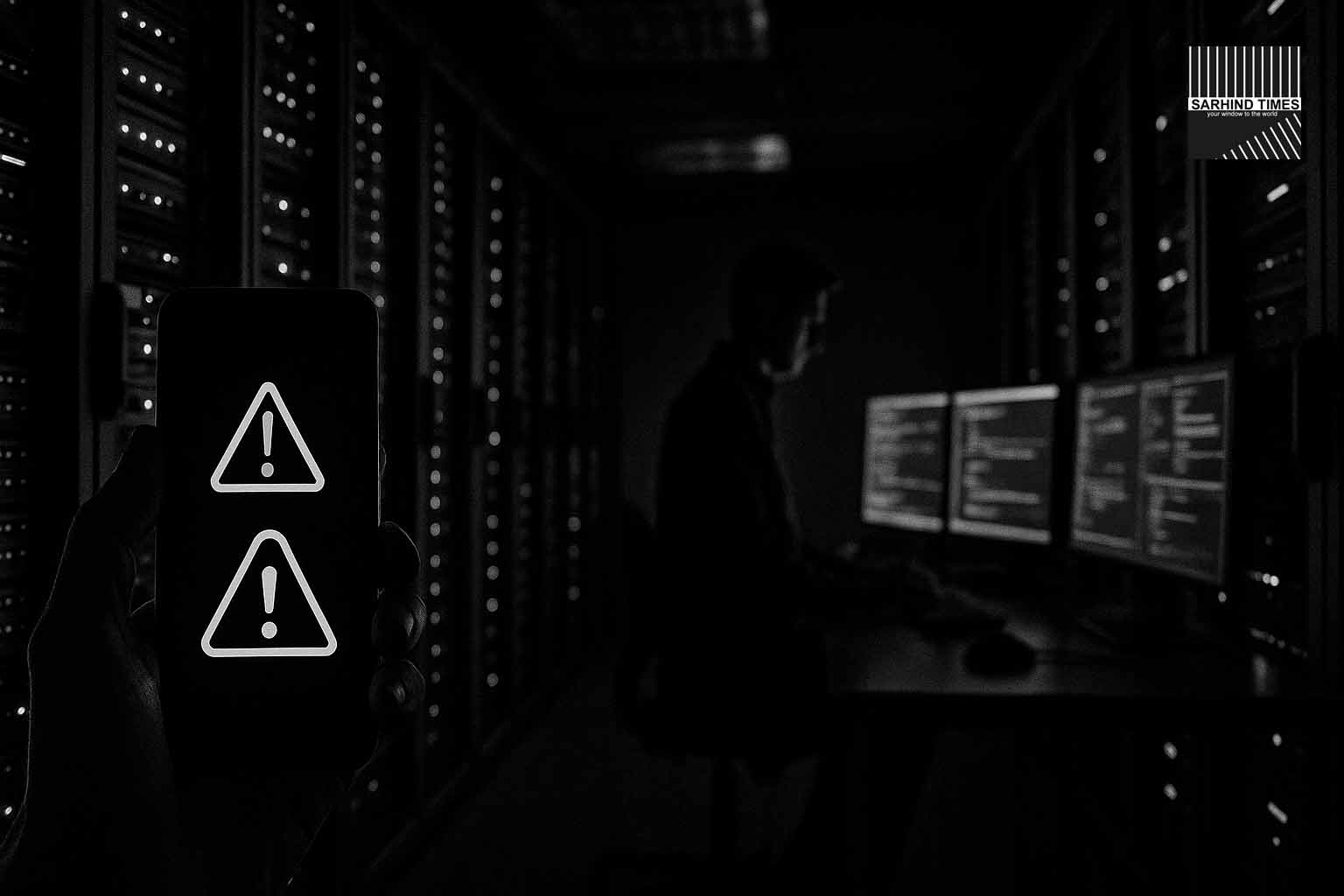
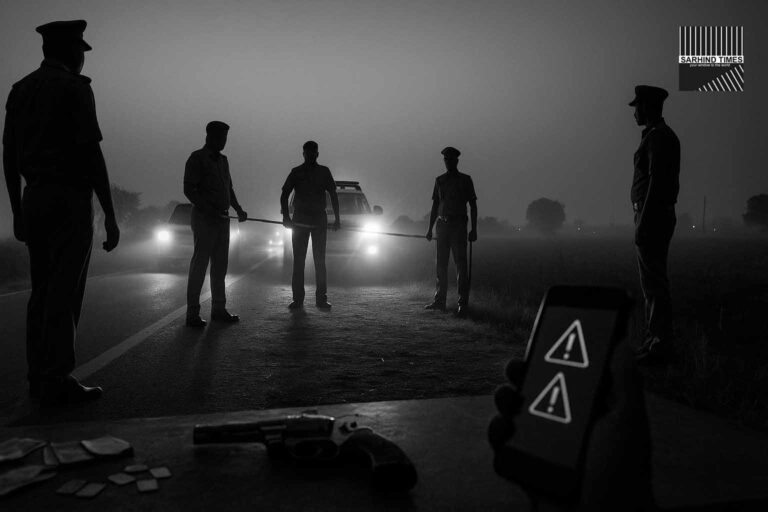

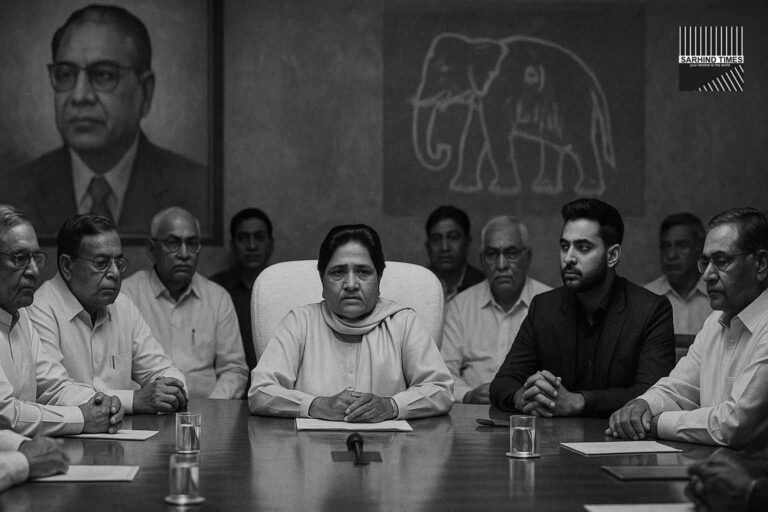
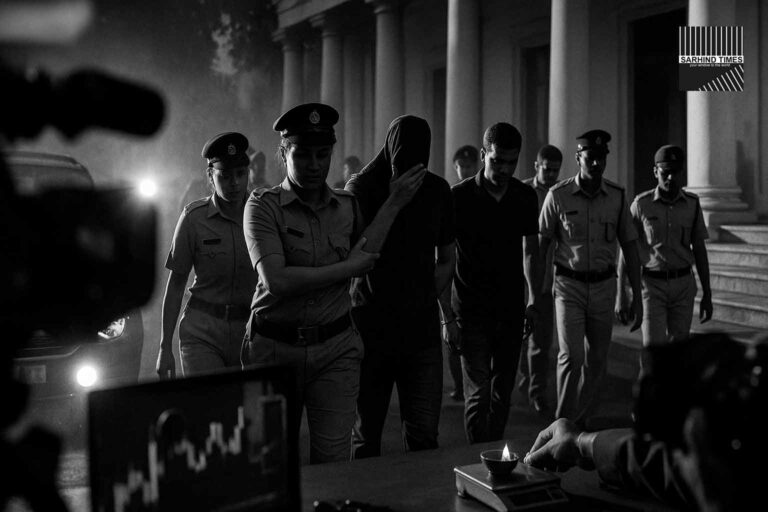

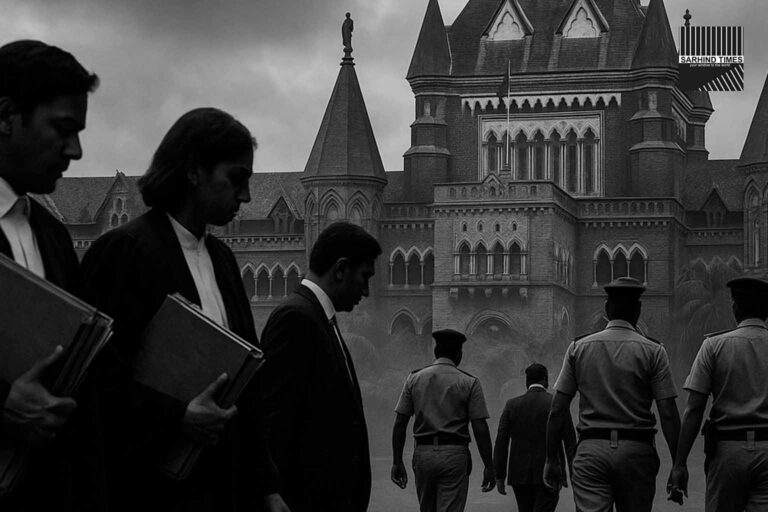



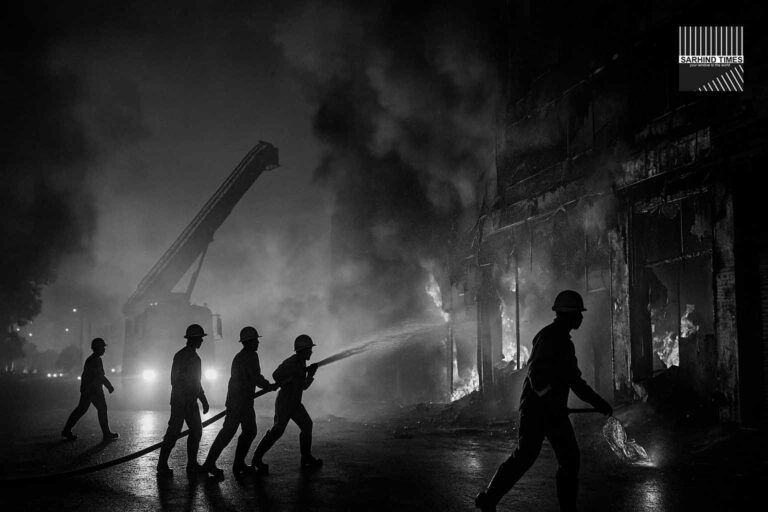


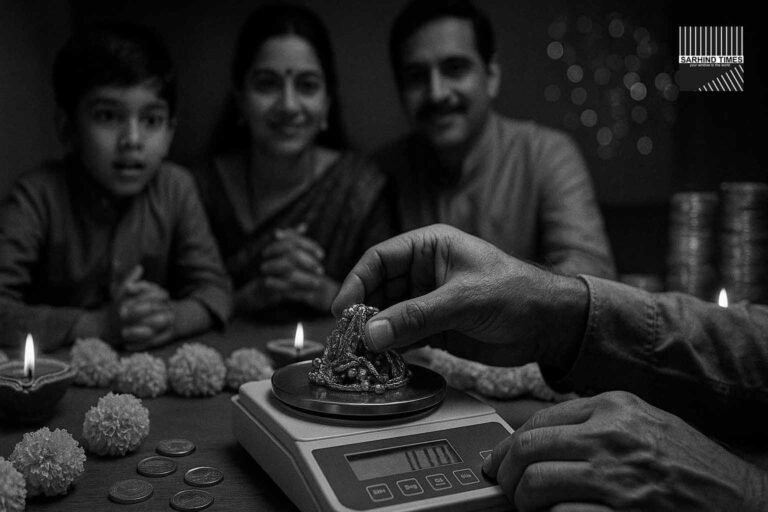
+ There are no comments
Add yours